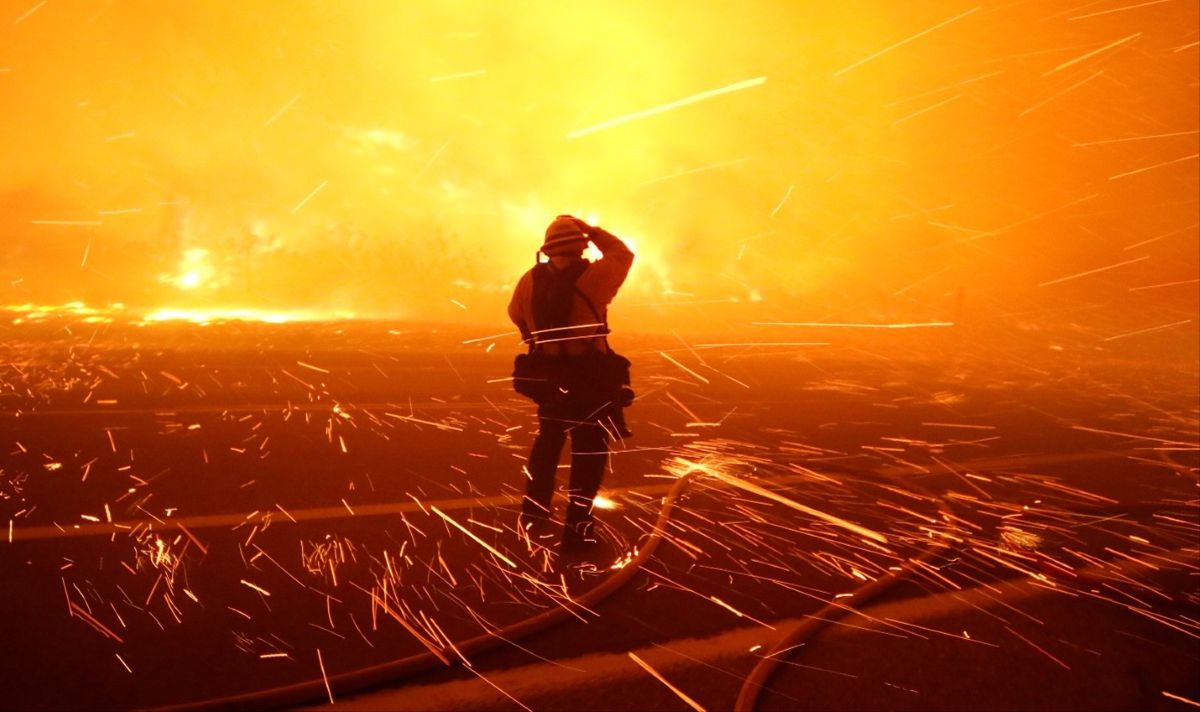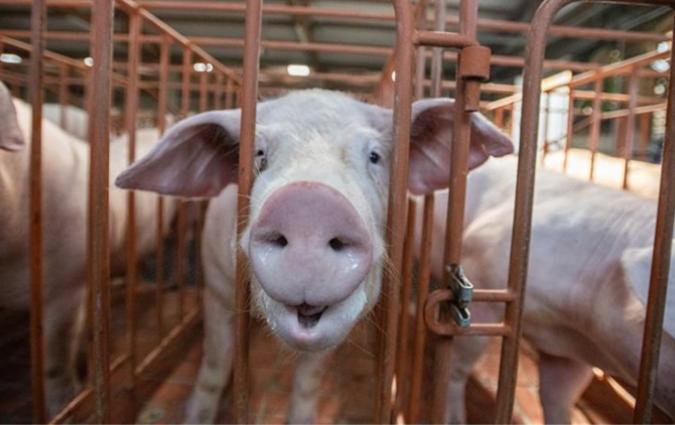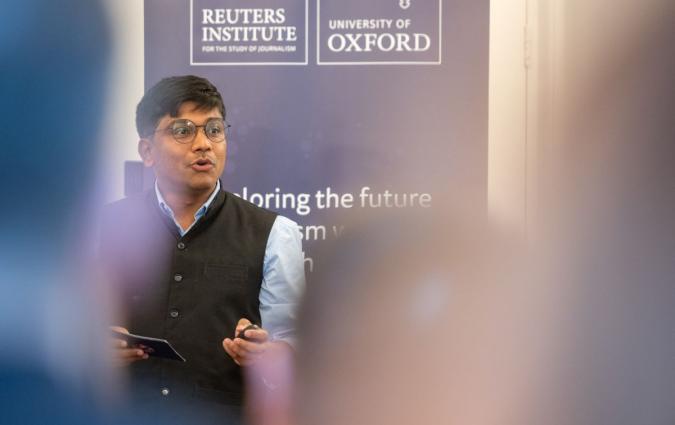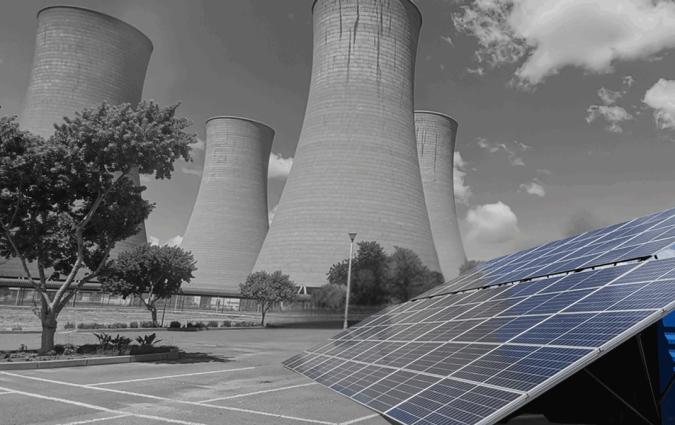In this piece
Extinguishing wildfire misinformation: avenues for journalistic improvement

Fire photographer Tod Sudmeier is hit with flying embers while covering the December 2015 Solimar brush fire in Southern California. Credit: REUTERS/Gene Blevins
In this piece
Why wildfires breed misinformation | Capturing and redefining wildfire misinformation | Four case studies of wildfires and misinformation | Greece (Dadia, 2023) | United States (Los Angeles, 2025) | Case Study: Turkey (Marmaris, 2021) | Chile (Valparaíso, 2024) | Extinguishing wildfire misinformation with a preparedness mindset | 1. Rethink the tone of wildfire fact-checking | 2. Wildfire content for the TikTok era | 3. Integrating earth observation and satellite data | 4. New angles and local insights | ConclusionIn August 2023, a wildfire tore through Dadia National Park, Greece’s largest on record. As flames spread, so did false claims blaming migrants. Vigilantes, fuelled by viral rumours, stormed the forest and detained asylum seekers. How can journalism stop such misinformation from igniting?
Why wildfires breed misinformation
Wildfires, like all extreme weather events, are fertile ground for falsehoods. But they carry unique vulnerabilities that make them especially combustible.
1. Attribution: Unlike earthquakes or floods, wildfires need a spark. Ninety percent are human-caused, but whether that means negligence, arson, or electrical faults is rarely clear in the heat of a crisis. Investigations take months; audiences want culprits immediately. That gap is where scapegoats and blame narratives thrive.
2. Timing: Wildfires burn for weeks, leading to prolonged fears, anxieties and uncertainties and letting conspiracies flourish. They also strike in hot seasons when newsrooms are thinly staffed, and vanish from headlines before facts can fully catch up. What ends up lingering are rumors, and affected communities feel abandoned.
3. Preparedness and “boring journalism”: While flames make for cinematic coverage, their prevention often does not. Forest thinning, grazing, or fuel breaks rarely get coverage, let alone reach virality in the public sphere. Their absence leaves a vacuum and a lack of pressure on forest management policies – one filled by conspiracies or state deflection.
4. Paradoxes: Wildfires often invert intuition, making their proper coverage particularly challenging. Suppressing all fires leads to worse ones, fewer people in forests can mean more unmanaged biomass, and embers may actually leap kilometers, creating “spot fires” that may be mistaken for arson. Controlled burns are mistaken for negligence and often true oddities – like hay bales self-combusting, or falling rocks sparking flames – sound conspiratorial.
Together, these dynamics explain why wildfires are not like any other disaster for journalism, but a complex and sometimes counterintuitive story, primed for distortion.
Capturing and redefining wildfire misinformation
Below is a table of the four most common themes of conspiracy theories around wildfires, along with the countries where they were observed, as collected from interviews, literature and media review.
A close examination of these examples found combatting wildfire misinformation isn’t just a matter of refuting outright lies; misinformation also includes omissions, politicised framing, premature blame, vanishing coverage, and systemic reporting gaps that shape public understanding. With a broader definition of wildfire misinformation, journalists can be better prepared to cover them.
Four case studies of wildfires and misinformation
To test this framework, I examined four recent wildfires across Greece, the U.S., Turkey, and Chile. Each carried familiar conspiracies, but each also revealed a deeper systemic distortion.
Greece (Dadia, 2023)
Europe’s largest recorded wildfire saw migrants scapegoated before investigations even began. Rumours spread in private Viber groups and leaked to mainstream platforms. Politicians echoed the claims, while news outlets largely ignored prevention failures and disappeared after the flames died – leaving falsehoods dominant and affected communities abandoned.
United States (Los Angeles, 2025)
Conspiracies recycled from Maui and past California fires – lasers, “smart cities,” geoengineering – surged across social platforms, boosted by influencers and celebrity gossip. Official alerts reached some Black neighbourhoods hours late, feeding distrust. Confusion about relief and recovery lingered long after headlines moved on.
Case Study: Turkey (Marmaris, 2021)
Amid the country’s worst fire season, officials floated unproven arson claims about the PKK and foreign actors. At the same time, the government used new “disinformation” laws to fine broadcasters, prosecute hashtags, and stifle critical coverage – turning the fight against falsehoods into a tool for censorship.
Chile (Valparaíso, 2024)
Imported conspiracy tropes about directed-energy weapons went viral, yet reality proved stranger: investigators later found firefighters had started the blaze. A theory that initially sounded conspiratorial turned out to be true. Coverage faded quickly once flames subsided, leaving structural failures and survivor stories unexplored.
Extinguishing wildfire misinformation with a preparedness mindset
These examples should serve as an alarm for journalists. To fight falsehoods, we need a mindset shift. Just as firefighters stockpile equipment before the first spark, journalism must prepare before the flames.
Preparedness means building a store of solutions: checklists for wildfire reporting, evergreen explainers ready to circulate, networks of local experts on call, and pre-prepared content for the platforms where misinformation spreads.
This mindset leads to four practical improvements. More detail on these four improvements is included in the PDF version of the project.
1. Rethink the tone of wildfire fact-checking
Avoid condescension. Use inclusive language grounded in lived reality, show methods openly (“show your work” like BBC Verify), and explain uncertainty clearly. The goal isn’t to mock conspiracy believers but to earn their trust.
2. Wildfire content for the TikTok era
Prebunk common myths before fire season; create short, captioned, vertical explainers; use trusted personalities – local meteorologists, scientists, reporters – not faceless logos. Monitor platforms to spot new rumours early.
3. Integrating earth observation and satellite data
Satellite maps can counter fake images, flag risk areas, and show damage, but only if journalists plan ahead. Pair reporters with earth observation (EO) scientists before fire season and train at least one “geo-journalist” to interpret data credibly.
4. New angles and local insights
Wildfires reshape economies, health, culture, and inequality. Cover these angles, centre human stories, and build networks of local voices early. Communities that feel heard are less vulnerable to conspiracies.
Conclusion
To properly extinguish wildfire misinformation, journalism needs to prepare its own fire lines: trustworthiness and truthfulness. Reporters must do more than debunk misinformation: they must tell the full story of fire, by covering its causes, its inequities, its aftermath, and its human cost.
Wildfires aren’t going away. The will become more frequent, more intense, and more entangled with our politics and media. With the right tools and a preparedness mindset, we can fight not only the flames, but the falsehoods that follow.
This is a summary of Niko’s full project, Extinguishing wildfire misinformation: case-studies & avenues for improvement. Download the PDF below.




